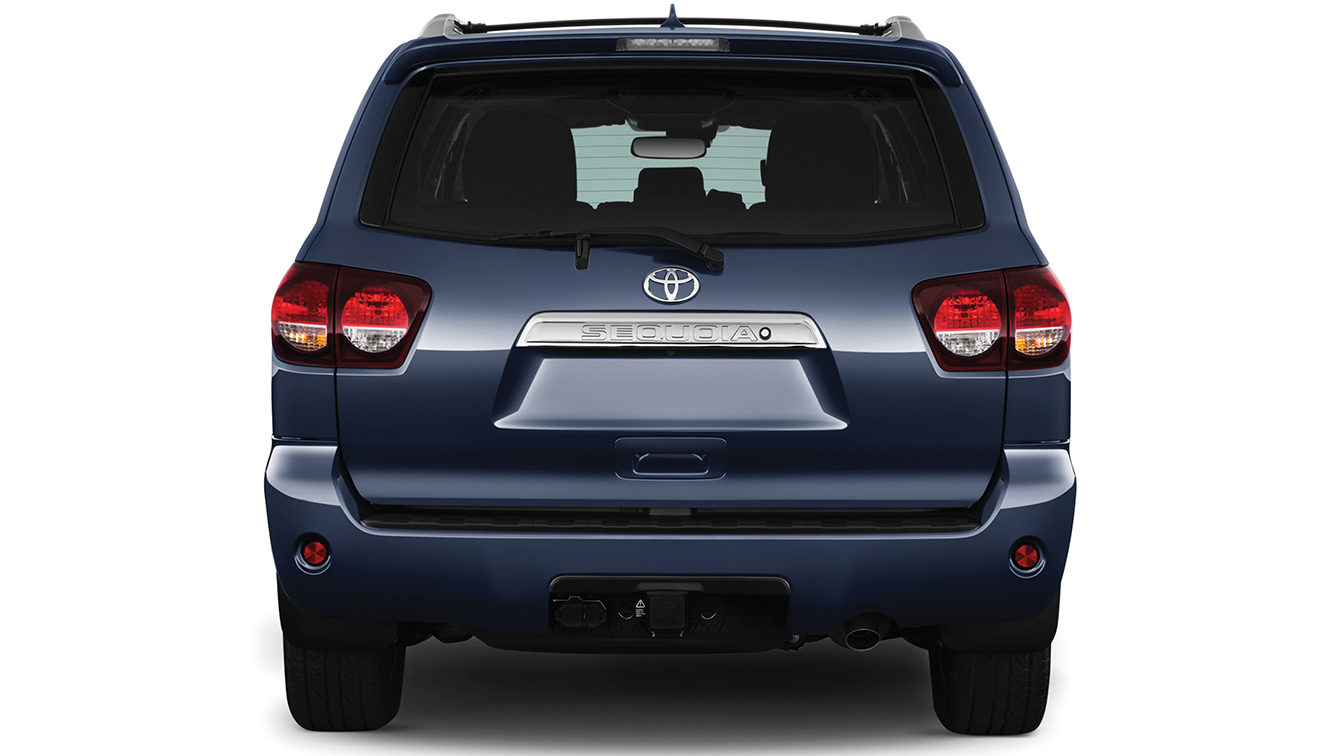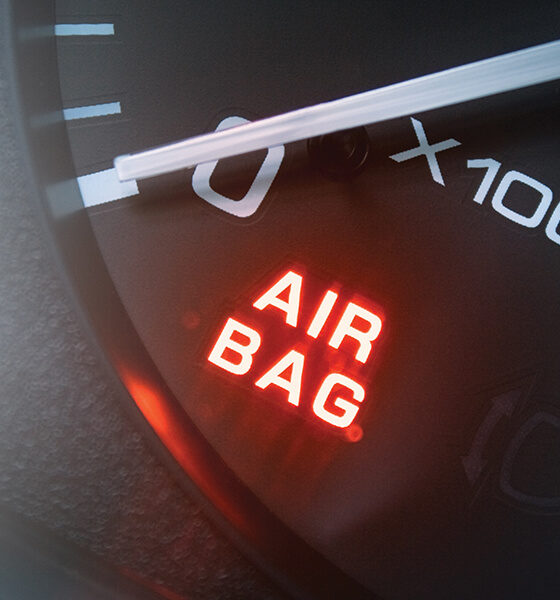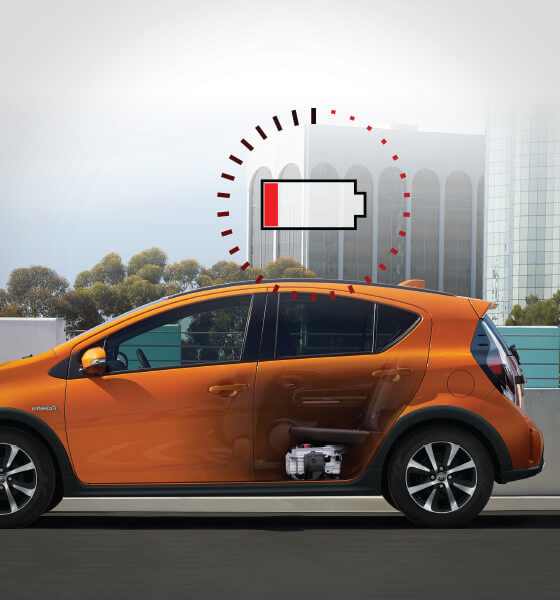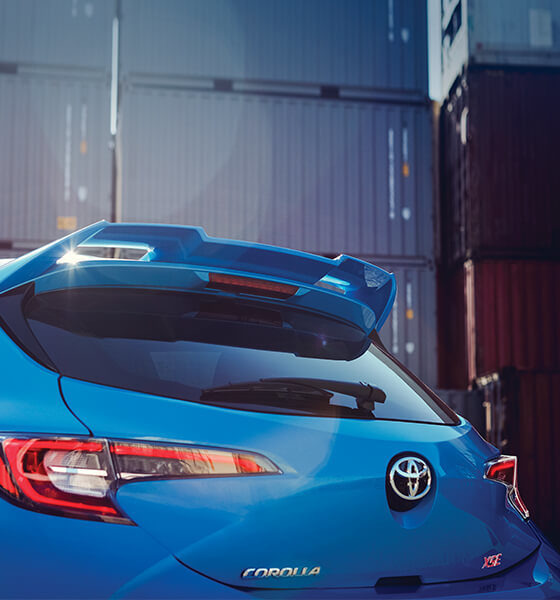
Collision Pros Magazine 2018 | ISSUE 4
Repair the Bumper or Replace It?
RECOMMENDATIONS TO DO THE JOB RIGHT
When it comes to bumper repair, there’s more than meets the eye. Toyota and Lexus bumpers are made from Toyota Super Olefin Polymer (TSOP), a proprietary polypropylene-based material used for both exterior and interior automotive parts. The unique molecular properties of TSOP provide rigidity and impact resistance, while being lightweight.
The challenge though is not merely repairing a bumper, it’s knowing what’s behind the bumper, especially with vehicles that are equipped with Advanced Driver Assistance Systems (ADAS). These vehicles have restrictions about what can and cannot be repaired because the sensors need to be able to send electronic signals through the plastic of the bumper in addition to being recalibrated after a collision.
WHAT TO LOOK FOR
For example, the Blind Spot Monitor and Rear Cross Traffic Alert have radar sensors behind the rear bumper that send out radio waves to detect vehicles in the area. When a vehicle with a Blind Spot Monitor or Rear Cross Traffic Alert is in an accident and the bumper cover is damaged near a sensor, the repair of the cover can affect the performance of the systems. Subletting the repair out for reconditioning, using repair filler material and primers, or even repainting the damaged area multiple times will add thickness, which can compromise the performance of how the sensor detects objects.
Any time there is damage on a bumper with ADAS and you cannot 100 percent guarantee that the thicknesses of all those coatings will match factory specifications, it is recommended to replace the bumper to help ensure the safety of your customer and your shop.
You can expect to see even more sensors and safety systems near the bumpers of newer vehicles. Case in point, select 2019 Toyota and Lexus models have front pedestrian protection that uses similar technology to that of the Blind Spot Monitor and Rear Cross Traffic Alert. So, when in doubt, it’s always better to be 100 percent safe and replace the bumper. Fix it right the first time!



